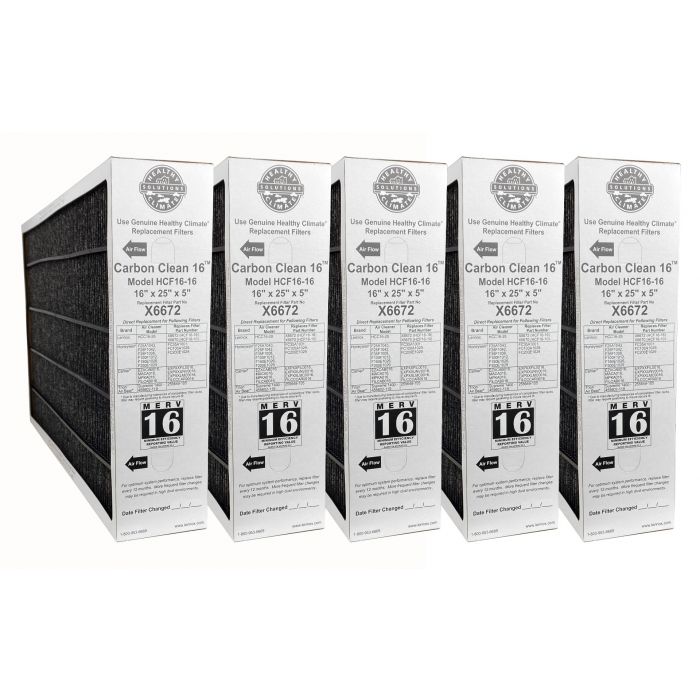In May, I wrote about the role of HVAC systems in COVID-19 transmission. I wrote about it again yesterday. A growing body of evidence suggests that, in fact, HVAC systems could be one key in either increasing or reducing viral transmission.
WCC does include HVAC systems in its COVID-19 Prevention and Response plan. Unfortunately, its planned actions may have little to no effect. The plan, as written, includes measuring the air exchange rate; setting minimum indoor air quality standards and changing the air filters more frequently.
The idea is to increase the volume of outside air to dilute the volume of viral particles in circulation in a closed space. The reality is that there are no standards for the volume of outside air necessary to achieve this.
If you think about it, building envelopes are designed – for the most part – to keep outside air out. Keeping outside air out increases HVAC system efficiency, controls humidity and makes it generally easier to manage the indoor environment. Letting outside air in (especially in large volumes) does the exact opposite.
Changing HVAC filters may not prevent COVID-19 transmission
Second, air handling systems have filters, but the filters are designed to catch dust particles, pollen, mold and airborne debris. Newer systems have more robust filters designed to catch smaller particles like smoke, bacteria and viruses. Dust and mold particles range between 1 µm- 100 µm each. Pollen can be twice as large.
Filters have a rating system that identifies the size of the particle they can trap. It’s referred to as Minimum Efficiency Rating Value (MERV). The MERV rating scale goes from 1-16, with 1 being the least effective and 16 being the most effective. Filters that can trap pollen, dust and mold have a MERV rating of between 5-8.
COVID-19 viral particles are about .12 µm. That’s around 8 times smaller than the smallest dust particle. So, even a MERV 8 filter designed to trap dust, mold and pollen won’t trap COVID-19 particles. To trap a COVID-19 particle in a filter, you need to have a filter that’s rated near the top of the scale – usually between MERV 13-16.
Unfortunately, stopping COVID-19 transmission is not as simple as using a better filter. The higher a filter’s MERV rating, the harder the HVAC system has to work to pull air through it. Some systems – most notably old ones – can’t pull air through a 5-inch-thick filter. They’re not designed to work that hard. Putting heavy filters on these systems will burn them out.
Don’t get me wrong. Changing filters regularly is a good idea. But the key to using your HVAC systems to control COVID-19 transmission is to update them once in awhile. Using end-of-life HVAC systems doesn’t even save money. It’s a bit of stretch to think they’ll save lives.
Photo Credit: Discount Furnace Filters










